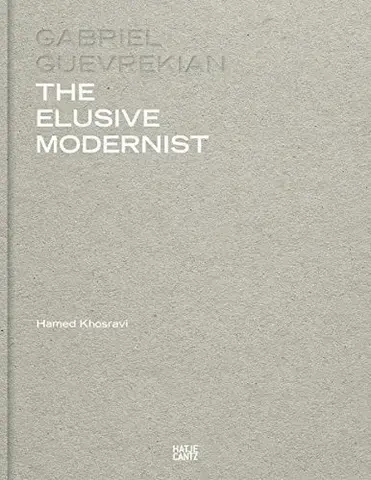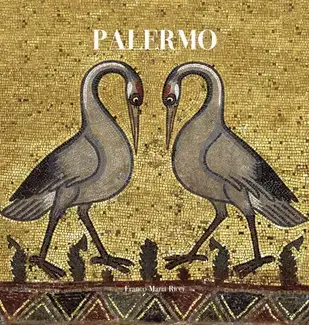 Home
Home
Gabriel Guevrekian: The Elusive Modernist
Auteur(s) : Hamed Khosravi
Armenian-born in Istanbul, Gabriel Guevrekian (c. 1900–1970) grew up in Tehran and then moved to Vienna to study architecture at the Kunstgewerbeschule. He went on to work with Oskar Strnad, Josef Hoffmann, Adolf Loos, Henri Sauvage, and Robert Mallet-Stevens. His famous designs include the Cubist garden at Villa Noailles and two houses for the Werkbund exhibition in Vienna.
Before he had even reached the age of 30, Guevrekian was already recognised as one of the leading figures of the European avant-garde in Paris. During the 1930s, Guevrekian spent several years in Iran designing public buildings. Later, after the Second World War, he held teaching positions in Europe and America.
This book revisits the history of modernism in architecture through Guevrekian's legacy. An architect, avant-gardist and cosmopolitan, Guevrekian gave meaning to each discipline, importance to each city and historical significance to each period, simply through his very concrete commitment to each of them.


We also
recommend
Bookshop
New book new
























